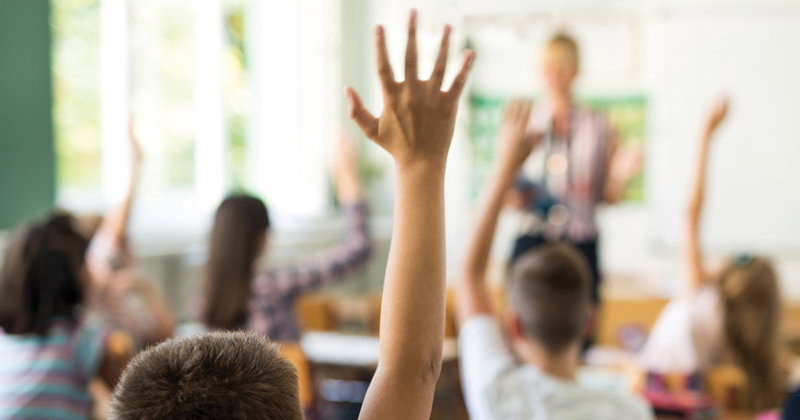New technologies remain a boon to school leaders and educators seeking to hone their skills and keep pace with the transformations of the 21st century.
In a recent article published on the blog “GETTING SMART”, the educational trainer, Scott Freiberger, points out the emergence of new technologies that are instilled in the curriculum, which have made teachers rethink all aspects of their role in the classroom, the most important of which are:
Innovation
As a result of the recent explosion in education-related applications, teachers can decipher students’ interests, academic feelings and ‘trouble points’, more easily and to further refine education. This includes adopting their own classroom applications, providing a forum for teachers and learning games that enhance skills in English arts and other subjects, and these applications have become very popular and provide practical and real life experiences, as well as facilitate the assimilation of applied sciences. as difficult as mathematics and physics.
Digital literacy
Sometimes the teacher is aware of each of the risks his students face, but did he think about getting them involved in solving them through new technological applications? As more and more schools allow students to share content through digital literacy, Google has deployed a wide range of resources on understanding digital literacy and digital citizenship, including YouTube videos, teacher guides and lesson plans.
Digital literacy may include simple student tasks, such as creating study presentations, or more complex collaborative work, such as video creations or posting “mind maps” online using digital tools.
- New Librarian
Throughout the United States of America, and indeed throughout the developed world, libraries are increasingly becoming local technology centers. As libraries provide countless services that require some knowledge of technology and how to access the Internet, the job descriptions of librarians and key responsibilities have changed dramatically.
The library specialist has to be involved in developing policies for physical and virtual library space, creating a welcoming, positive and innovative environment, evaluating information sharing by students, and (especially at the secondary and university levels) technology can be integrated into the curriculum and portals. Open knowledge.
- Interactive teacher sloops
In recent years, we have seen an increase in self-directed professional development (PD) for teachers that includes interactive online web loops, videos and other content that may be broadcast through web browsers that offer an alluring feast of online options for teachers to update Their skills and keep up with the latest developments in education.
5- Learning by participating
The new applications make it easier for classroom teachers to be both innovative and interactive, and this trend is expected to grow significantly in the coming years. From Google Docs to interactive blackboards to new apps that create quizzes and activities, this is an exciting time for collaborative learning in education.






